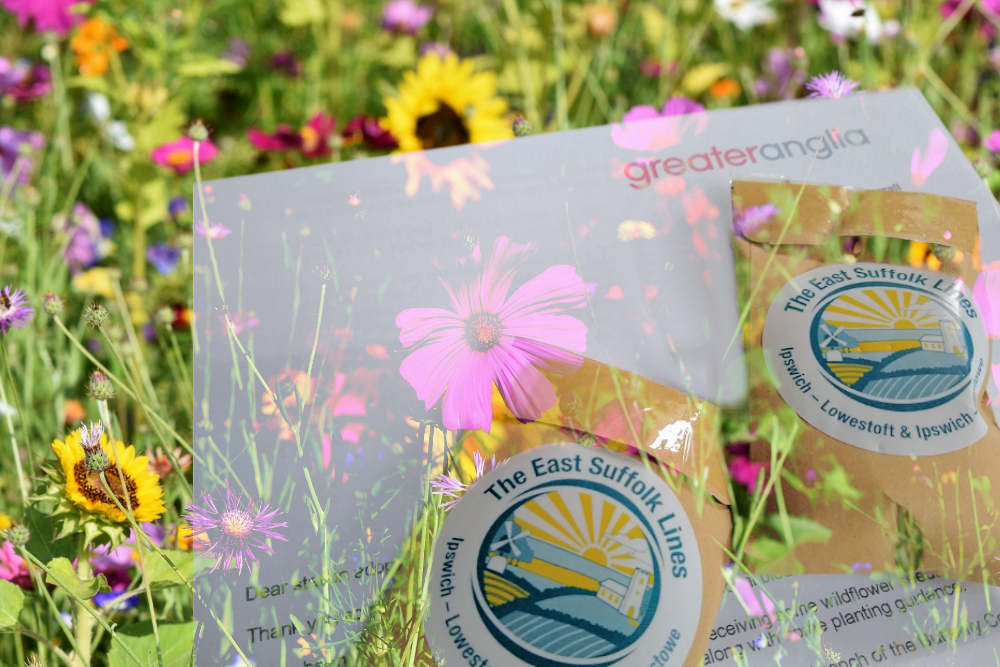Suffolk Rail Stations Set to Become Butterfly Havens

A partnership between Greater Anglia and Butterfly Conservation Suffolk is helping to turn some of the county’s rail stations into butterfly havens.
The Trust has donated wildflower seeds which Greater Anglia’s team of volunteer station adopters will use at their stations to create a food source for butterflies and other insects. Station adopters look after their local rail station for the benefit of the community and many have created wildlife friendly gardens; the addition of wildflower seeds will help support biodiversity in an around the stations.
The mix of seeds include native British wildflowers which are an important source of food for many different types of insect especially butterflies. The seed packets include Oxeye Daisy, Birdsfoot Trefoil, Wild Marjoram, Cornflower, Knapweed, Lady’s Bedstraw, Field Scabious, Viper’s Bugloss, Wild Clary, Kidney Vetch, Corncockle, Hay Rattle and Field Poppy.
Greater Anglia recently surveyed station adopters on the types of wildlife at their stations; adopters reported seeing many different types of butterflies along with bees, slow worms, bats, foxes, deer, toads and many varieties of birds.
The lockdown period has allowed more wildlife to call Suffolk’s rail stations their home. At Ipswich seagulls are now nesting on the station roof. At Somerleyton, station adopter Sue Cox has seen a rare butterfly breeding after planting a Buckthorn hedge as part of Suffolk Butterfly Conservation Trust’s Brimstone and Buckthorn project.
Greater Anglia’s Customer and Community Engagement Manager, Alan Neville, said, “We are really grateful to the Suffolk Butterfly Conservation Trust for working with us to create more wildlife friendly stations.
“The railway is increasingly recognised by ecologists as a ‘green corridor’ which provides a sanctuary for many different kinds of flora and fauna – so it’s important that rail stations play their part so as not to create gaps in that corridor – and because insects play such an important role as pollinators, it’s great that we will be able to give them extra support thanks to the donation of wildflower seeds.
“This is all helping the railway in East Anglia to lead the green revolution by being a much greener way to travel – and our new fleet of trains will contribute even more thanks to their more environmentally friendly features which reduce CO2 and particulate emissions in the region further still.”
Stations set to benefit from the wildflower seeds include Brampton, Saxmundham, Melton and Westerfield on the East Suffolk Lines along with Needham Market, Kennett and Thurston on the Ipswich – Cambridge route, Sudbury on the Gainsborough Line and Somerleyton on the Wherry Lines.
